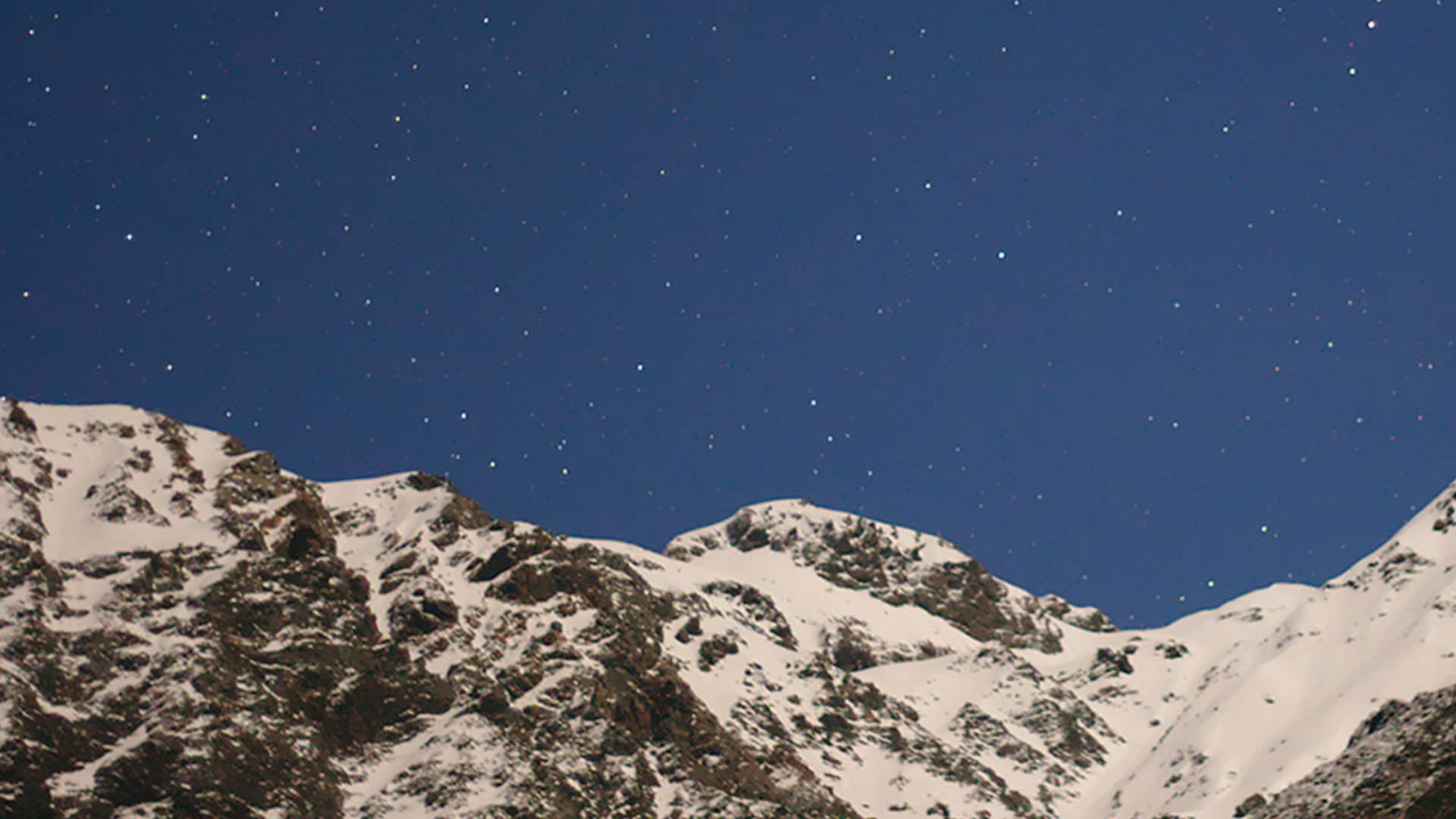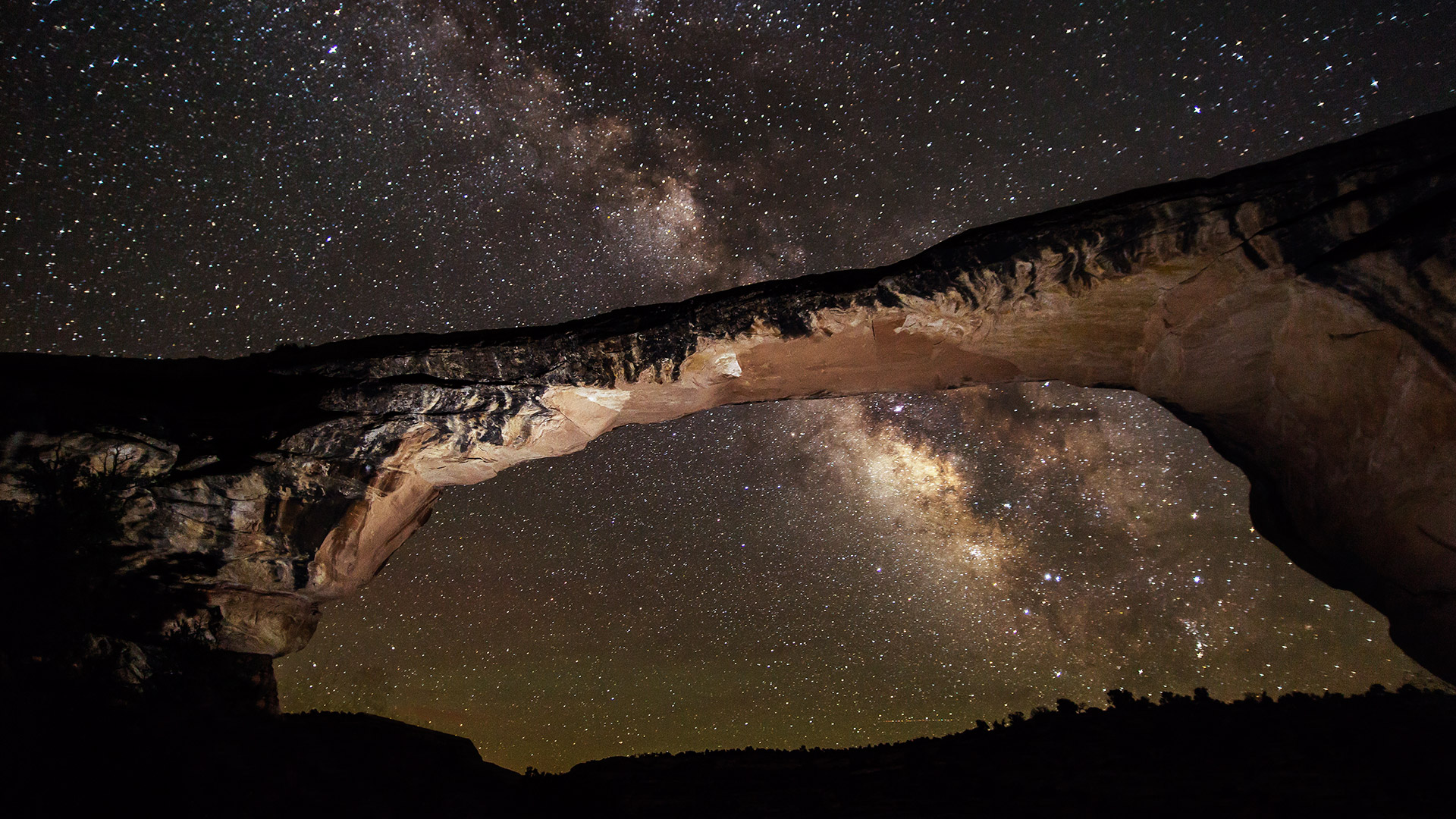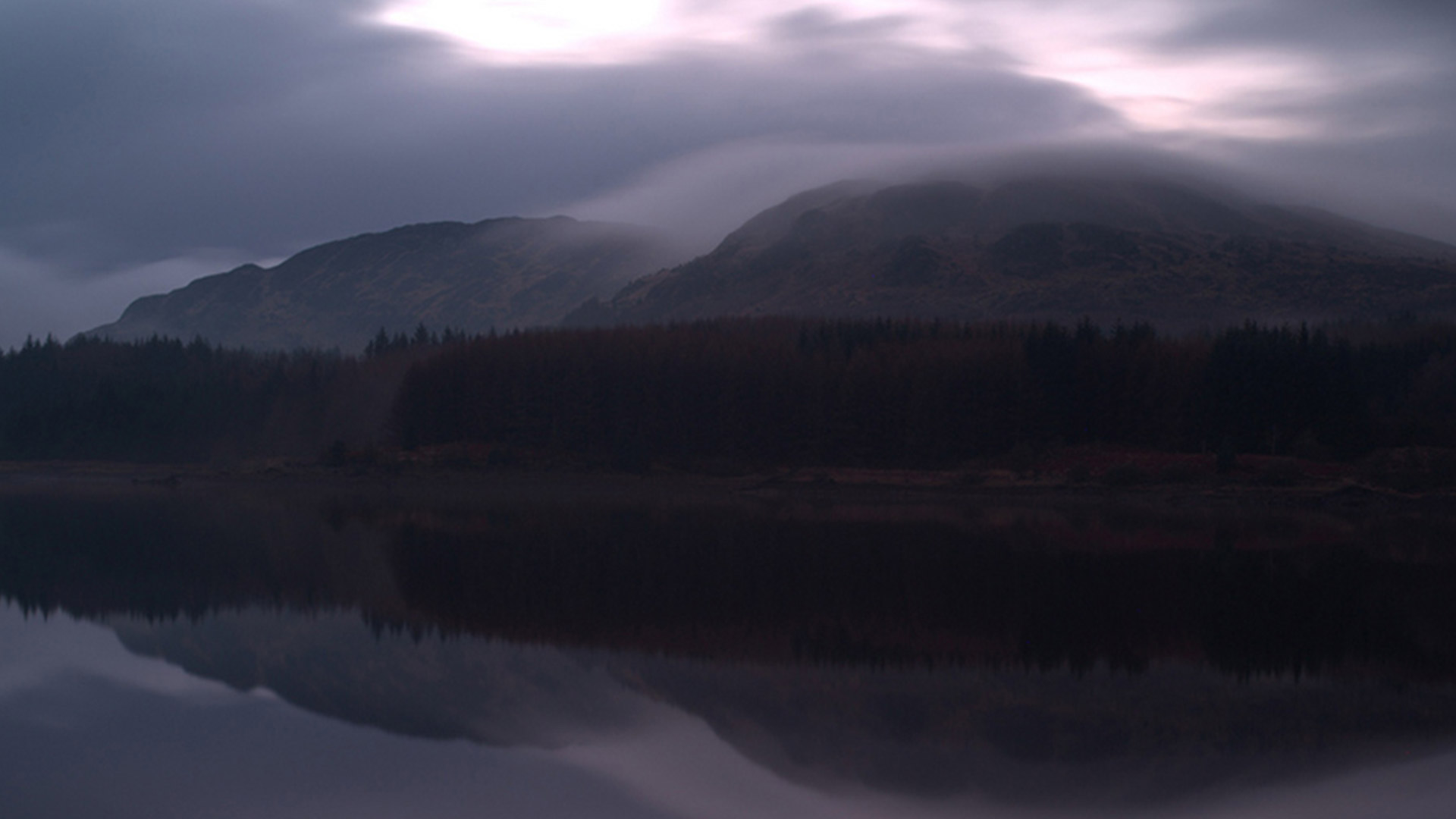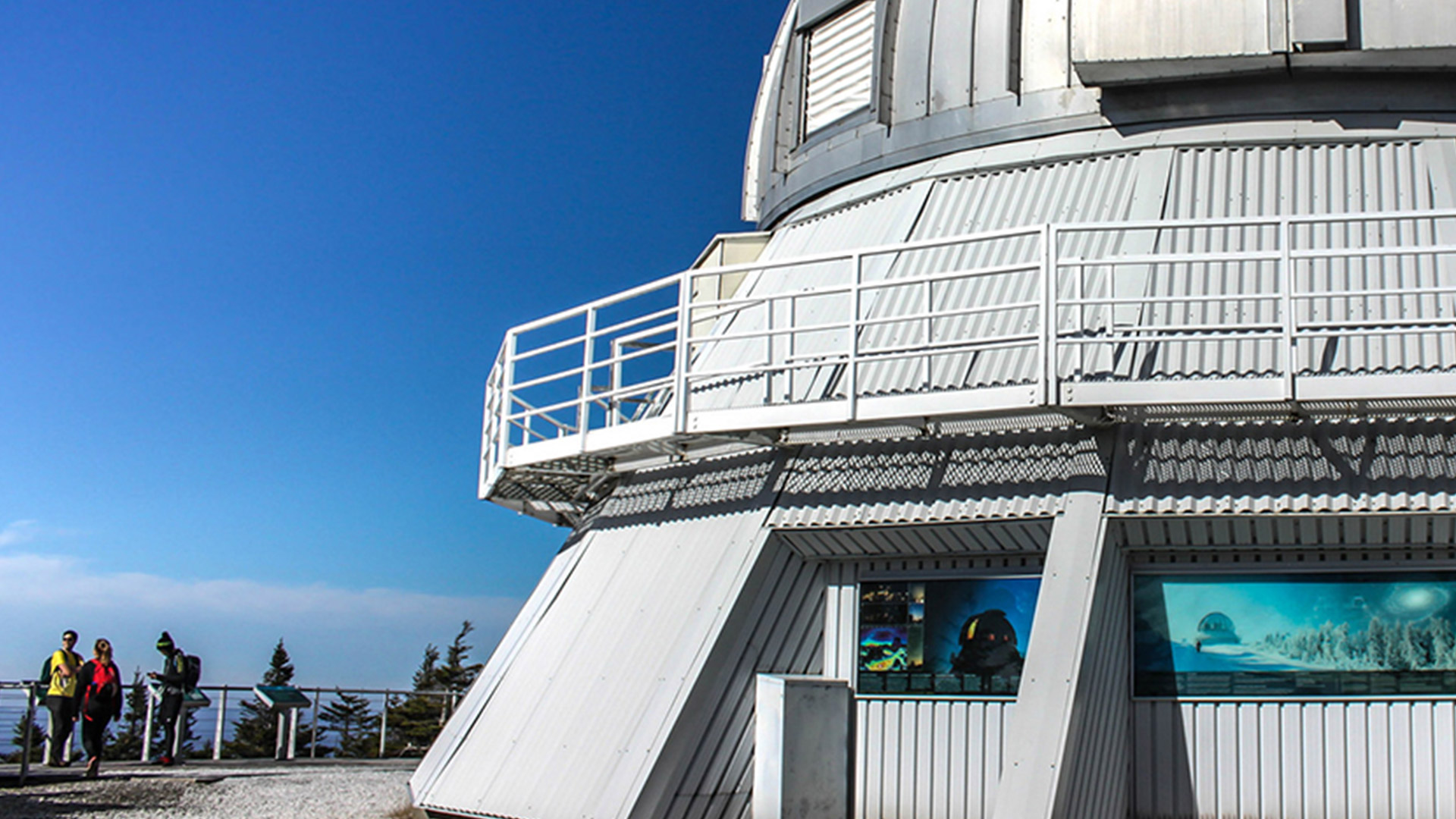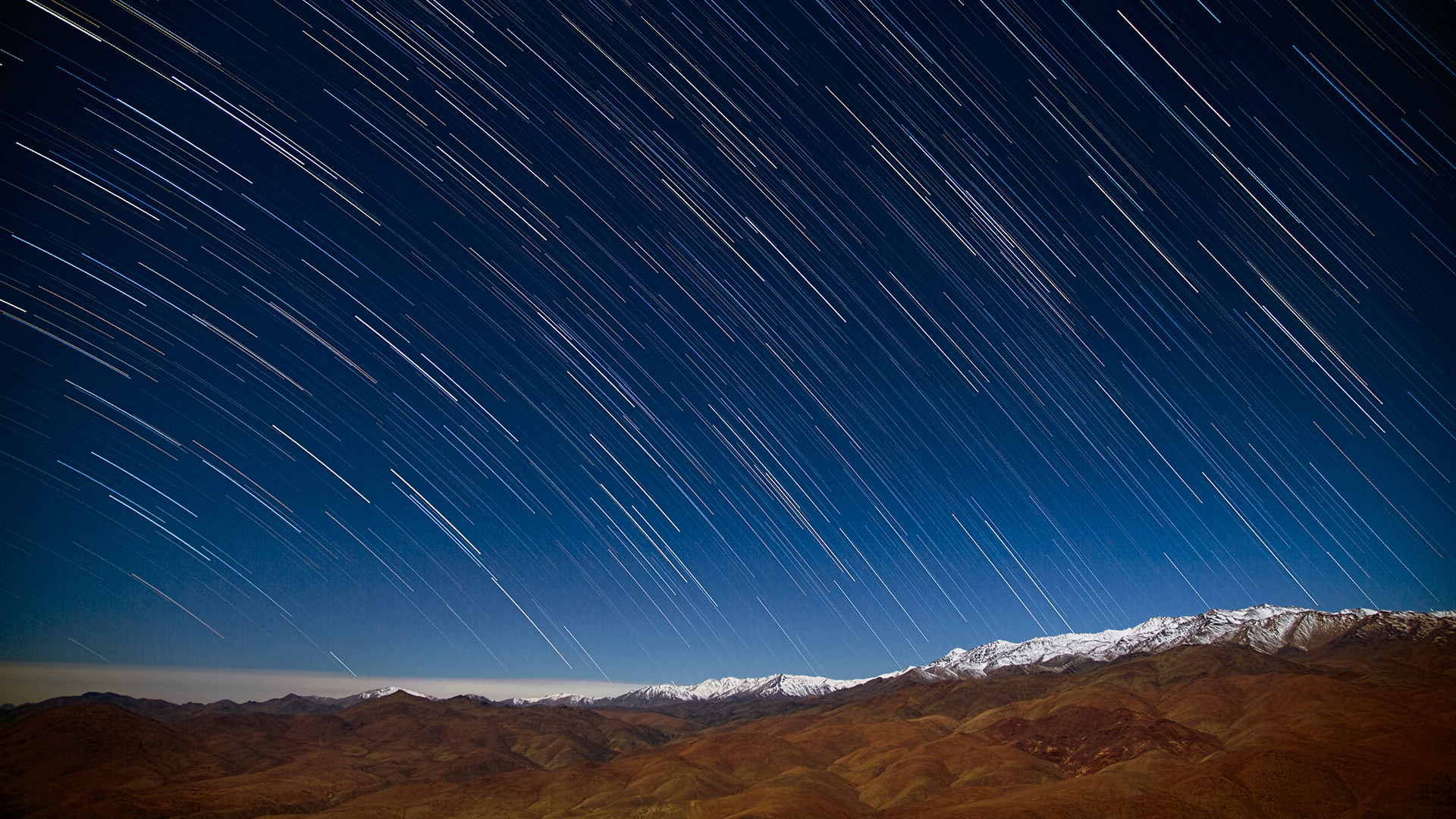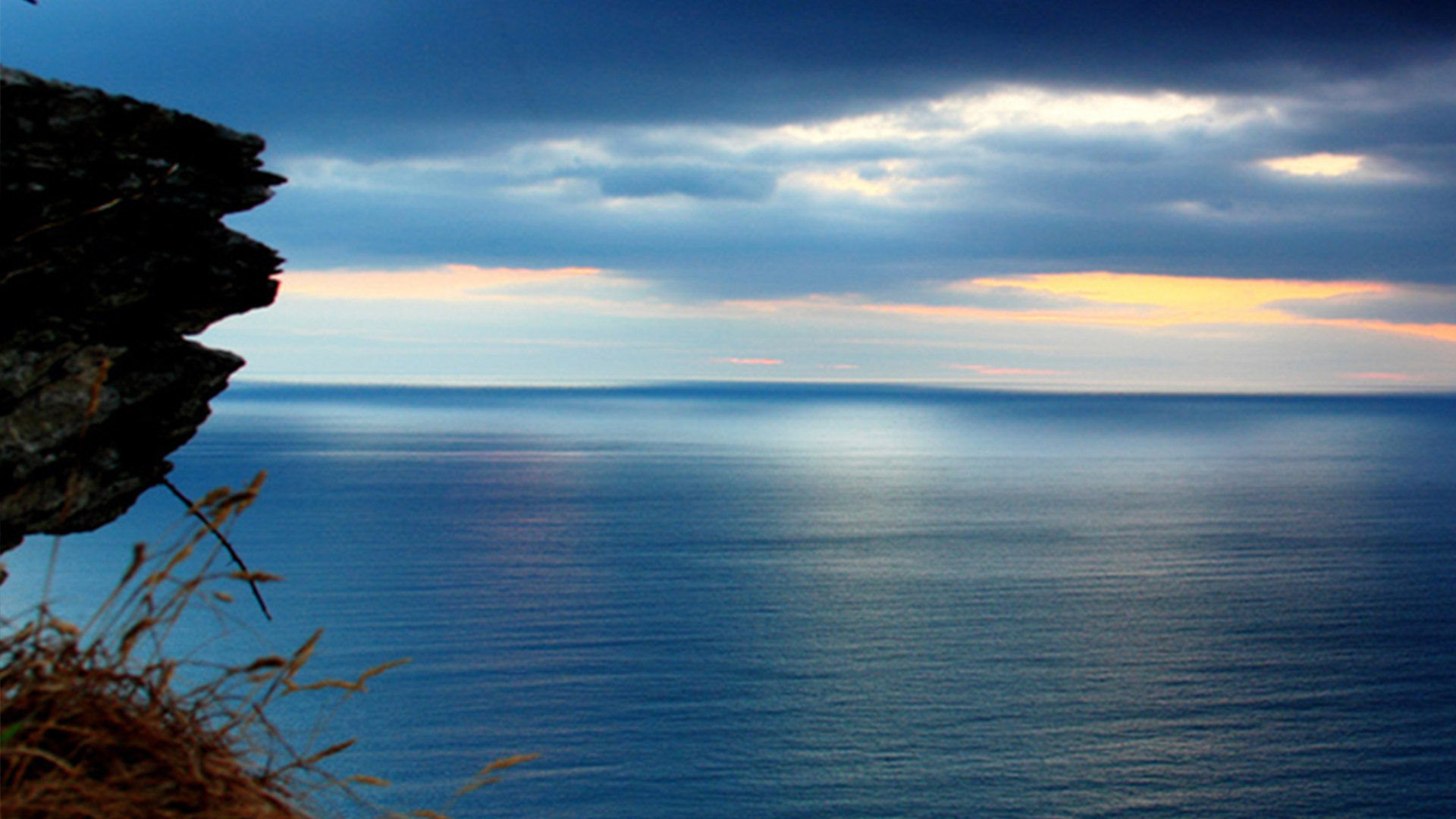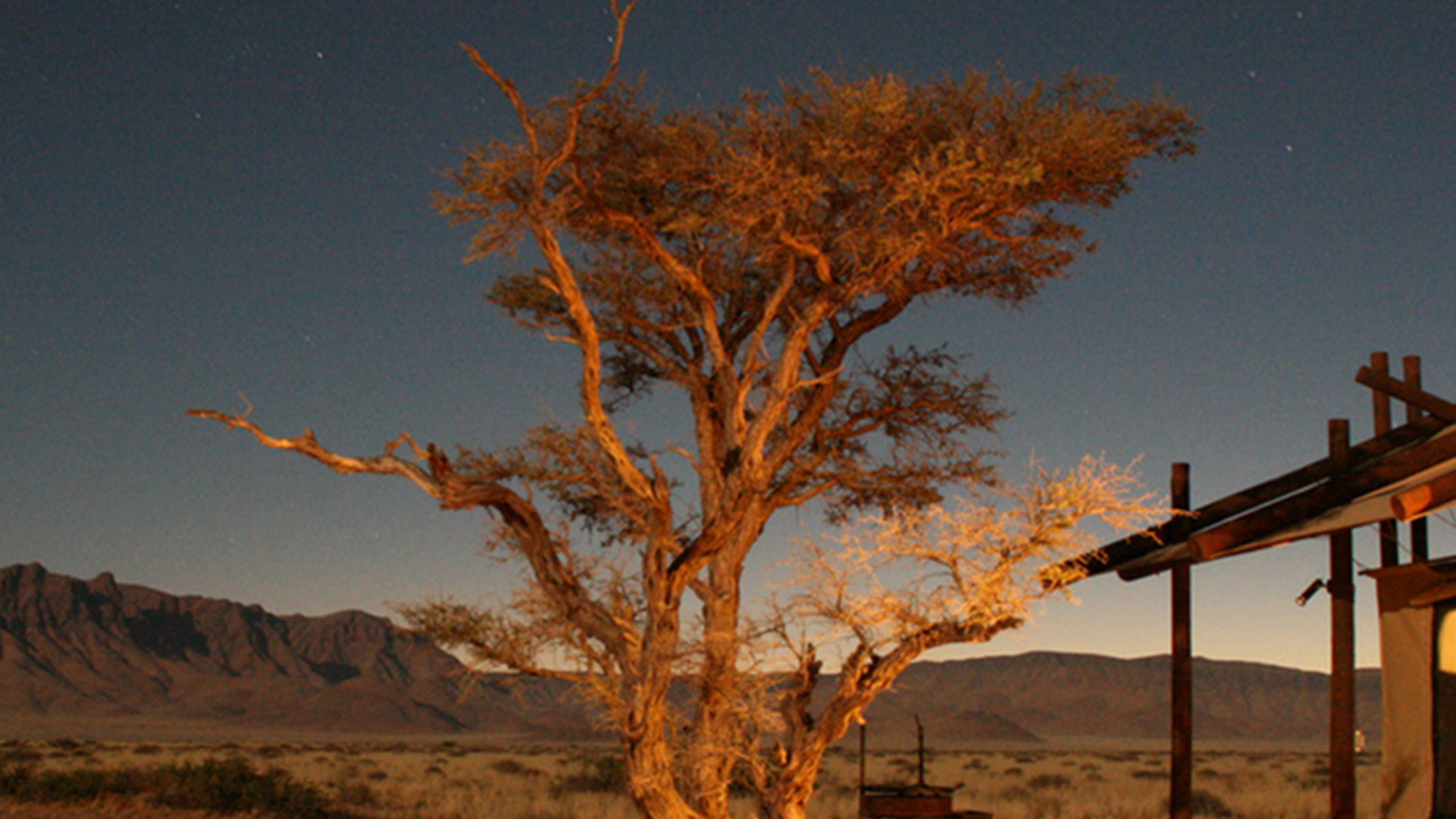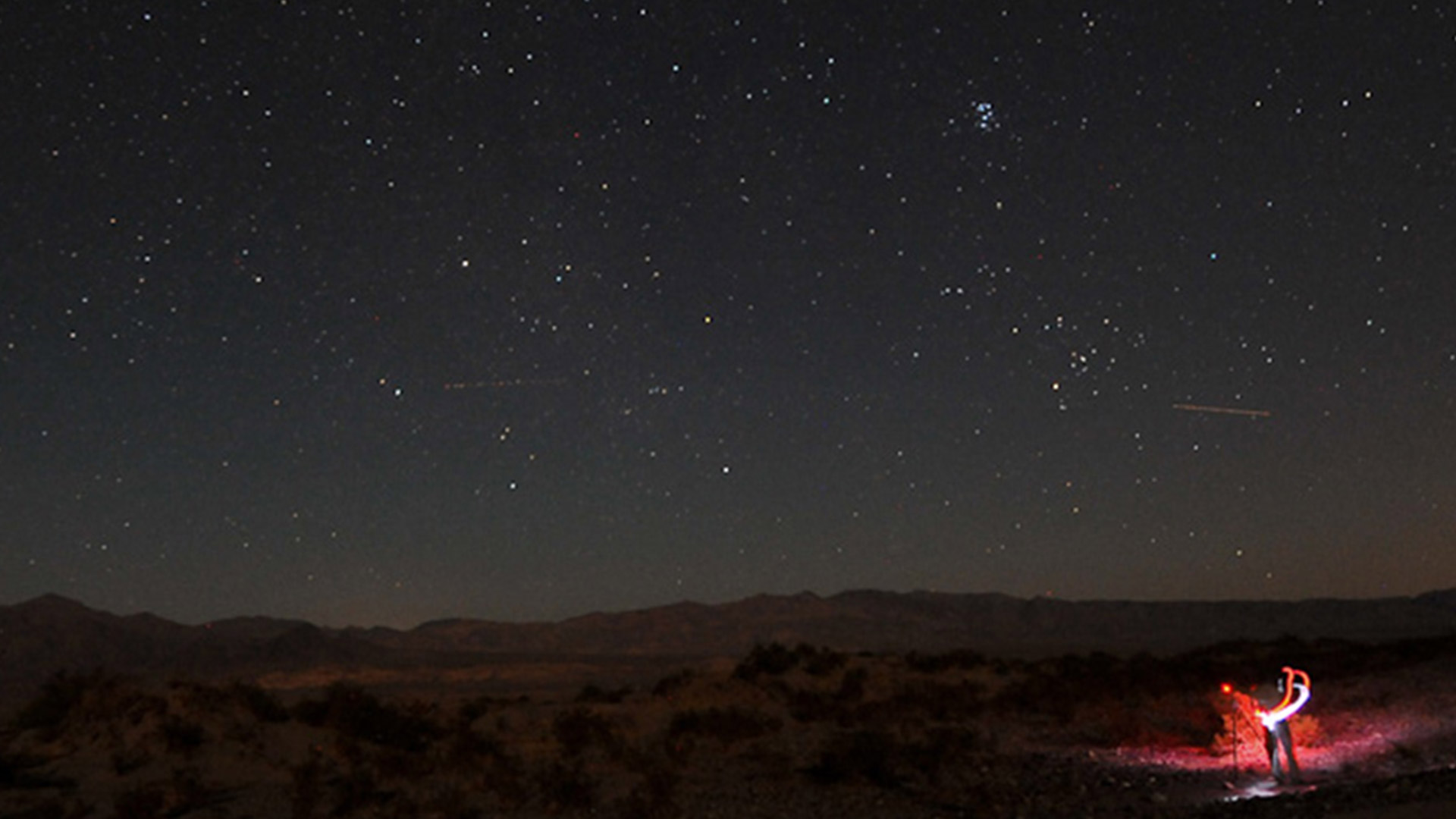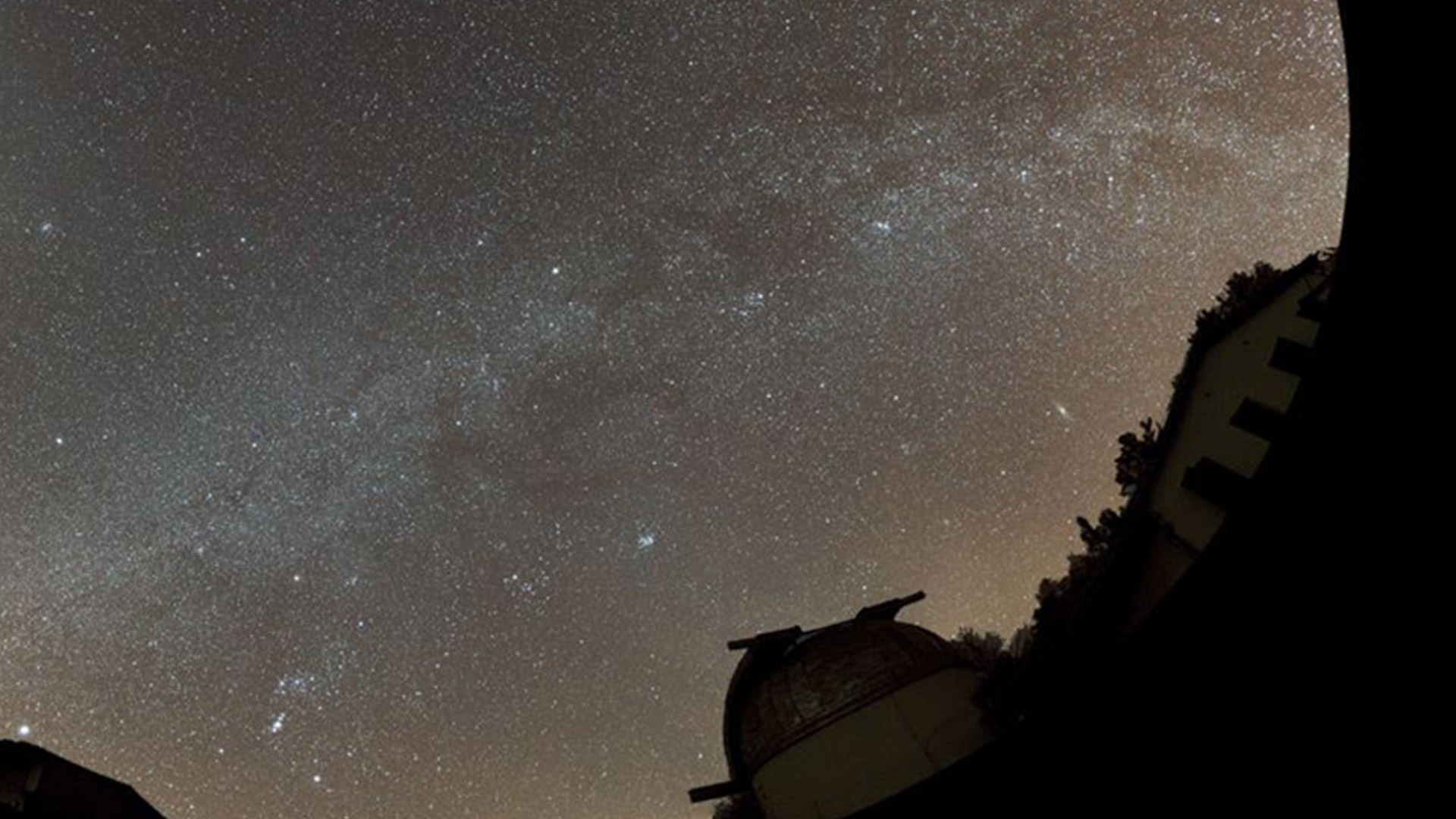The Best Places in the World to See Stars
You might think all you need to stargaze is a clear night sky and a telescope. Stars are visible in our cities and suburbs, but places least affected by light pollution — known as dark-sky areas — offer the best experience. It can mean the difference between seeing 100 stars or more than 1,000. See our picks for the 12 best places to escape the city and spot stars.
-
1. Aoraki Mackenzie
New ZealandThe world’s largest dark sky reserve is located in Aoraki Mackenzie. The 4,300-square-kilometer Mackenzie Basin. It's surrounded by an Alpine landscape and is home to the Mount John Observatory. Recognized as one of the best places to view the night sky in the southern hemisphere, Magellanic Clouds (only visible in southern skies) can be seen year-round.
-
2. Natural Bridges National Monument, Utah
United StatesOne of the first places in the United States to be certified by the International Dark-Sky Association, Natural Bridges National Park also boasts jaw dropping rock formations. The rock bridges are a fantastic backdrop for budding astronomy photographers. Night Sky Watch programs allow visitors to learn more about constellations.
-
3. Galloway Forest Park
ScotlandComprising around 75,000 hectares, Scotland’s Galloway Forest Park is sparsely populated, so there is very little light pollution. On a clear night, over 7,000 stars, and sometimes planets, can be seen with the naked eye. Astronomy enthusiasts also have seen the Northern Lights and the Andromeda Galaxy. The Milky Way also is usually visible over much of Scotland.
-
4. Mont Megantic, Quebec
CanadaMont Megantic Observatory sits at the highest point in Quebec that is reachable by road. The observatory is dedicated to astronomy research most nights of the year but occasionally opens to the public. Drive up to visit the observatory in the day and stay to enjoy the dark skies at night.
-
5. Atacama Desert, Chile
ChileAt 8,200 feet, the Atacama Desert is one of the highest and driest regions in the world. With a virtually cloudless sky, the area has attracted attention from astronomical agencies that are planning to build two huge telescopes in 2020. Already home to several telescopes and observatories, some hotels in nearby San Pedro even have their own observatory.
-
6. Exmoor, Devon
EnglandAny clear night in Exmoor will provide you with an excellent view of the stars above. However, different months can provide different experiences. Late autumn may be the best time to spot shooting stars on the moor and spring can be the best time to see the 3,000 stars that are visible over the city.
-
7. NamibRand Nature Reserve, Namibia
Southern AfricaThe skies above the NamibRand Nature Reserve are the world’s closest to naturally dark skies. Namibia, one of the most sparsely populated areas of the world, also offers the opportunity to combine stargazing with a nighttime safari.
-
8. Caldera de Taburiente National Park, La Palma
Canary IslandsThe highest peak on the island of La Palma is home to a number of observatories and telescopes. The telescopes sit above the clouds and minimal light pollution means the area has become a significant area for astronomical research. Clouds form below the mountain range peaks, keeping moisture low and preventing turbulence that can distort the view.
-
9. Death Valley National Park, California
United StatesDeath Valley National Park is an arid wasteland and is the largest International Dark Sky Park. But it still suffers from light pollution cast out from Las Vegas and other nearby cities. With less than two inches of rain per year, clear skies are almost guaranteed.
-
10. Brecon Beacons National Park, Wales
United KingdomRecently recognized as an International Dark Sky Reserve, Brecon Beacons National Park authorities took many measures to preserve the skies above its rugged landscape. Local residents held a Star Party and made simple adjustments to their lighting in order to lower light pollution. Constellations, nebulas and even meteor showers have been spotted in the region.
-
11. Poloniny Dark-Sky Park
SlovakiaDark Sky reserves are almost always located in areas of outstanding natural beauty, and this park is no exception. Listed as a UNESCO World Heritage Site, the indigenous fir and beech forests make a breathtaking backdrop when viewing the stars above. As the darkest area in Slovakia, it’s also home to a high concentration of endangered plants and animals.
-
12. Northumberland National Park
EnglandIt's best to plan the drive up to the park in daylight because the journey takes you through some spectacular countryside. The area is home to 50 percent of the U.K.’s red squirrel population. The park also houses the Kielder Observatory where you can see some of the darkest skies in Europe.
The Blues Highway: The Story of Route 61
The road traverses 1,400 miles of country between New Orleans, Louisiana, and Wyoming, Minnesota.
10 Literary Locations To Inspire and Explore
Have a hankering for a road trip with a literary bent? Here are a few spectacular locations that have inspired some of history’s finest writers.
